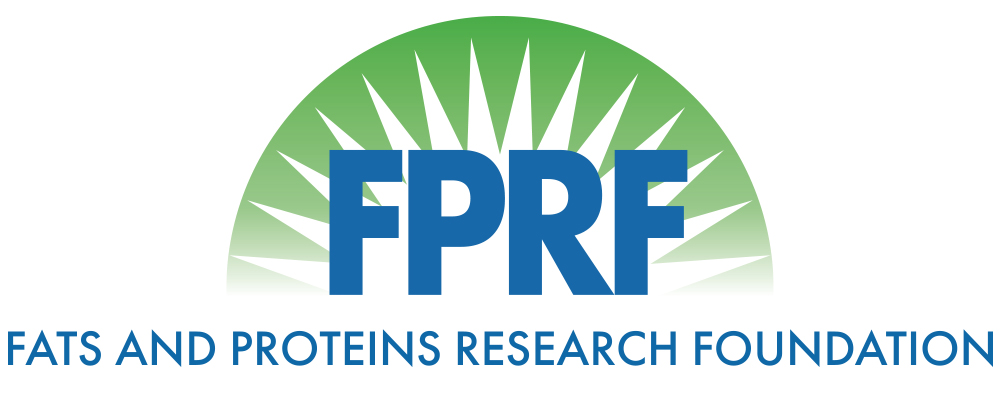Evaluation of the Effects of Dietary Fat and CLA on Pig Growth Performance and Pork Quality in Two Genetic Populations of Pigs
Title: Evaluation of the Effects of Dietary Fat and CLA on Pig Growth Performance and Pork Quality in Two Genetic Populations of Pigs
Principle Investigator: Allan P. Schinckel
Year: 2000
Objective: The goal of this experiment was to determine the individual and combined effects of dietary fat, CLA, and ractopamine on the growth performance and carcass quality of a genetically lean population of gilts.
Lay Summary/Industry Summary: Gilts were assigned to dietary CLA, ractopamine, and fat treatments. The CLA treatment consisted of a 1% commercially available CLA product containing 60% CLA isomers (.6% CLA) or l % soybean oil. Ractopamine levels were either 0 or 9 g/ton. Dietary fat treatments consisted of: 1) diets containing 0% added fat; 2) diets containing 5% choice white grease; or 3) diets containing 5% beef tallow.
After eight weeks on test, six pigs per treatment (72 total) were sampled. Dietary CLA caused the lipids contained in the carcass fat and muscle tissue to become more saturated. After eight weeks, gilts fed CLA had higher concentration sof saturated fatty acids (14:00, 16:00, and 18:00), decreased monounsaturated fatty acids (18:ln-9 and 18:ln7) and polyunsaturated (18:2n6) fatty acids. The changes in N produced by CLA were 2, 3, 4.4, 6.9, and 7.3 points on the outer backfat layer, inner backfat layer, belly fat, and longissimus muscle intramuscular fat after eight weeks.
The addition of 5% animal fat, either choice white grease or beef tallow had relatively smaller effects on fatty acid profiles than CLA. The addition of 5% animal fat resulted in slightly lower concentrations of saturated fatty acids (16:00 and 18:00) and slightly increased concentrations ofmonounsaturated fatty acids (18:ln-9, 18:ln7). The N values were increased by approximately three points in the backfat and two points in the longissimus muscle after eight weeks.
Dietary ractopamine, fed for four weeks, had very little impact to decrease the concentration of saturated fatty acids and increase the concentration of polyunsaturated fatty acids. Ractopamine increased the N values of the carcass fat tissues by approximately 2 to 2.5 points and had no impact on the N values of the intramuscular fat.
Ractopamine decreased the intramuscular fat content of the longissimus dorsi (1.93 vs 2.43%). The addition of 5% animal fat tended to increase the intramuscular fat content of the longissimus dorsi (2.05 to 2.25%). These Jean gilts had close to the recommended lowest acceptable intramuscular fat content of 2.0%. The addition of 5% dietary fat increased carcass weight 4.9 lbs, increased loin eye areas (7.67 vs 7.30 in2 and had a more desirable intramuscular fat percentage.
Scientific Abstract: Gilts (n = 180; Newsham XL sires x Newsham parent females; initial BW = 130 lb) were assigned to a 2 X 2 X 3 factorial arrangement consisting of dietary CLA, ractopamine, and fat treatments. The CLA treatment consisted of a 1% commercially available CLA product containing 60% CLA isomers (0.6% CLA) or 1% soybean oil (Table 4). Ractopamine levels were either 0 or 9 g/ton. Dietary fat treatments consisted of: 1) diets containing 0% added fat; 2) diets containing 5% choice white grease (CWG); or 3) diets containing 5% beef tallow (BT). The CLA and dietary fat treatments were initiated at 130 lb BW, 4 weeks prior to the ractopamine treatments. The ractopamine treatments were imposed when the gilts reached an average body weight of 188 lb and lasted for the duration of the final four weeks until carcass data were collected.
Publications: Journal of Animal Science
